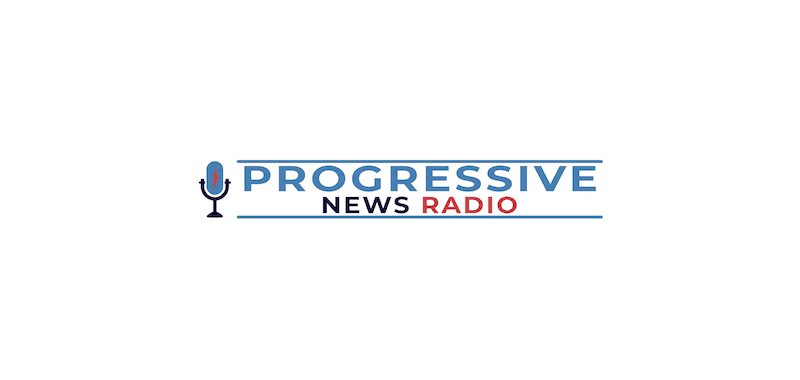Hearing about the school shooting last week at Apalachee High School in Georgia, I couldn’t imagine the gut-wrenching pain that the victims and the local community felt as yet another mass shooting tore apart families.
The tragedy reminded me that no one is safe from the horror of gun violence. As a pain physician, I’ll never forget hearing one of my patients say, “If I don’t get the pain fixed, I will put a bullet through my head.” At that moment, the room seemed to shrink as the weight of those words settled in. The attending physician and I, while quickly reassuring the patient, mapped our exit. How close were we to the door? Could we get there in time if the patient pulled out a firearm? My heart beat furiously in my chest as I thought through the possibilities.
Later, the patient confessed that the statement was not a genuine threat, but rather born out of frustration with their pain, stating that he didn’t have a weapon on him. However, our experience couldn’t help me but think about the surgeon in Tulsa, the pain physician in Indiana, the cardiac surgeon in Boston, and many other health care providers who have directly experienced the repercussions of gun violence.
Whether in doctor’s offices or schools, gun violence is a crisis and a catastrophe of our own making. The shooting at Apalachee High School that left four dead and nine injured is another reminder of the vulnerability of even our youngest in the face of this epidemic. The statistics are sobering. So far in 2024, there have been over 11,000 incidents of shootings; as per the Gun Violence Archive, nearly 1,000 children under the age of 17 were killed this year alone by firearms.
At a broader level, a study published in JAMA in 2018 highlighted that among 65 high-income countries, the United States ranks second in gun violence, a sobering statistic for a nation that prides itself on being a leader in the developed world. According to a report by the Switzerland-based Small Arms Survey, the United States, while having less than 5 percent of the world’s population, astonishingly accounts for 46 percent of the world’s civilian-owned guns. This overwhelming accessibility to guns, when combined with a lack of comprehensive safety regulations, leads to a perfect storm where innocent lives are continuously at risk.
The frequency of mass shootings in the U.S. has turned public outrage into a seemingly endless cycle of thoughts, prayers, and, ultimately, inaction. Compared to other developed countries like Australia, the United Kingdom, and Canada, the contrast in our approach to this issue is stark. In these nations, mass shootings have led to swift and decisive changes in gun laws, resulting in significant reductions in gun violence. In the U.S., however, the legislative response has been minimal, leaving the public vulnerable to ongoing threats. In response to the magnitude of the problem, United States Surgeon General Dr. Vivek Murthy released a landmark advisory this year, declaring firearm violence, an urgent public health crisis, emphasizing the pressing need for stricter regulations. Despite the widespread public sentiment supporting stronger gun safety laws, Congress fails to act.
As physicians, we also witness the aftermath of this man-made disaster. We treat the victims of shootings, often knowing that many of these injuries—and deaths—could have been prevented with sensible gun laws. There is substantial evidence that stronger firearm laws are associated with reductions in firearm violence. It is imperative that we implement universal background checks for gun purchases, ban automatic rifles, and enact laws that restrict the use of firearms in public spaces. Comprehensive funding should be allocated to federal law enforcement agencies that regulate the gun industry and illegal gun trade. Furthermore, the Centers for Disease Control and Prevention (CDC) and the National Institutes of Health (NIH) should be funded to research the causes, effects, and solutions to gun violence, as we know that its trauma extends beyond immediate physical wounds.
On that note, the upcoming elections provide a pivotal opportunity for every American to make their voice heard. The ballot box is a powerful tool, and it can be the difference between continued inaction and meaningful change. By pushing candidates across the aisle to support common-sense gun safety legislation, such as red flag laws, we can protect our communities from further harm. As health care providers, we are committed to saving lives. But we cannot do it alone. We need the support of lawmakers and the public to enact policies that will protect our patients, our colleagues, and our families. The time for action is now, because the lives we save could be our own.
Sukhman Shergill is a pain medicine physician.


